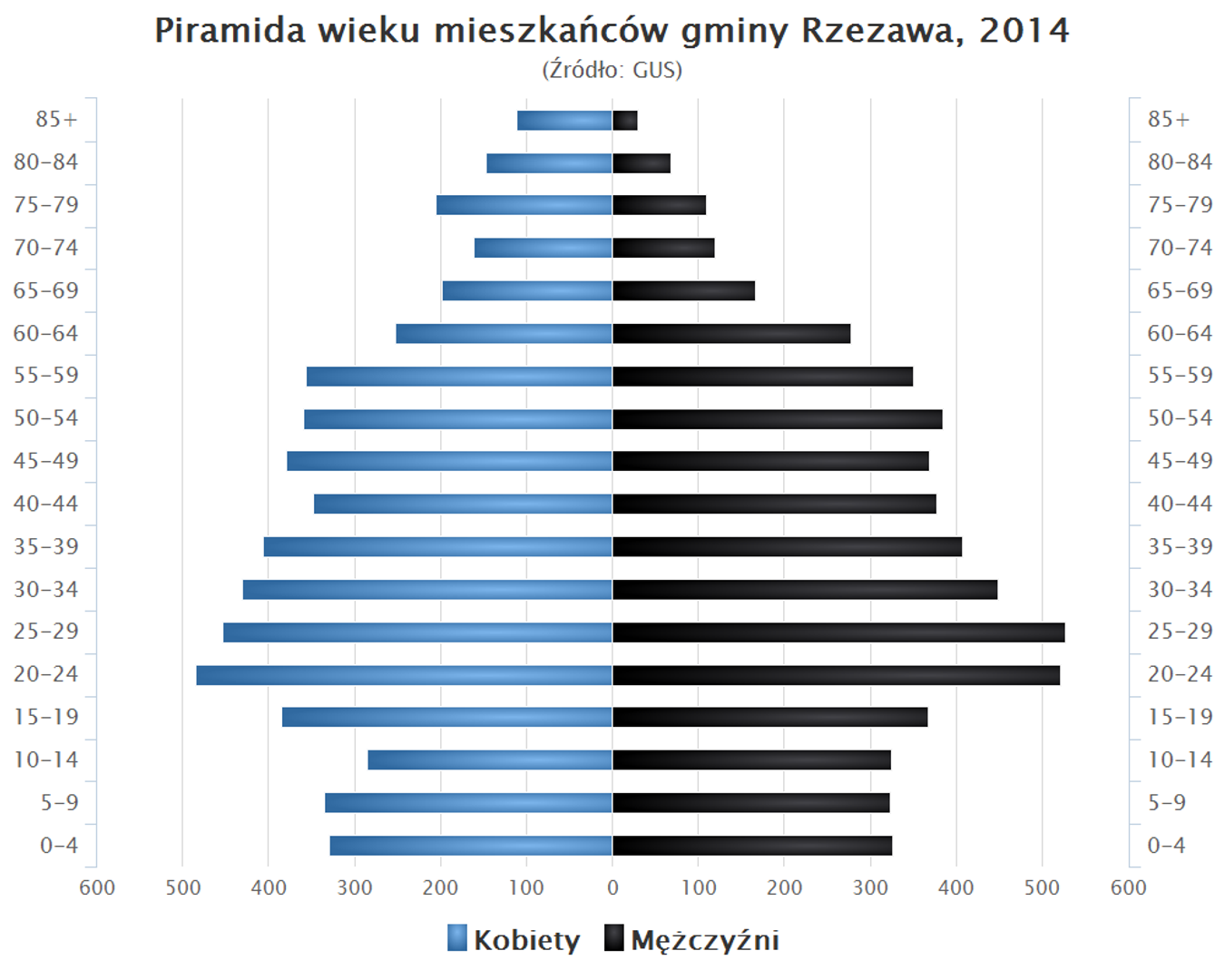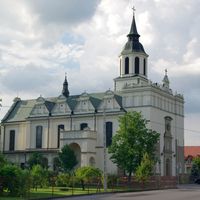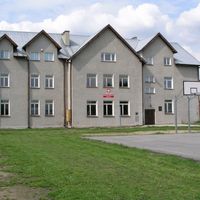Rzezawa
6.37

Overview
The Rzezawa Commune, located in the Lesser Poland Voivodeship in Bochnia County, captivates with its rich history and unique geographical location. The oldest village in the commune is Okulice, with the first records dating back to the 11th century, while the youngest villages, such as Bratucice and Buczków, were established in the first half of the 15th century. Rzezawa was once a royal estate, and after the First Partition of Poland, it came under Austrian rule. In 1835, part of the commune's lands were acquired by Edward Homolacs, and in 1840 by Henryk Leopold Bondy. After regaining independence, the area of the commune became part of Bochnia County, and in 1976, several additional villages were incorporated. The commune has a well-established administrative structure, comprising 11 village districts (sołectw), with its seat in Rzezawa. Geographically, the commune lies in the Wojnicz Foothills of the Bochnia Foothills, featuring a folded landscape and salt-bearing Miocene deposits at an altitude of 260–300 meters above sea level. The climate in the region is characterized by moderate temperatures and precipitation, which favors the development of agriculture, occupying 67% of the commune's area. Protected areas within the commune include the Wiśnickie Foothills Landscape Park and the Bratucice Landscape Park. The Rzezawa Commune boasts a well-developed educational infrastructure, including 7 kindergartens, 7 primary schools, and 2 middle schools. The commune's cultural life is enriched by the Municipal Center for Culture, Reading, and Sports, as well as the activities of the brass band in Okulice. Sports, especially football, are very popular, with 6 sports clubs operating in the commune. An interesting fact is that the commune covers 13.54% of the area of Bochnia County, making it a significant part of the region. Rzezawa is a place where history, nature, and cultural life intertwine, creating a unique atmosphere and a rich context for both residents and visitors.
Location
2025 Wizytor | All Rights Reserved




